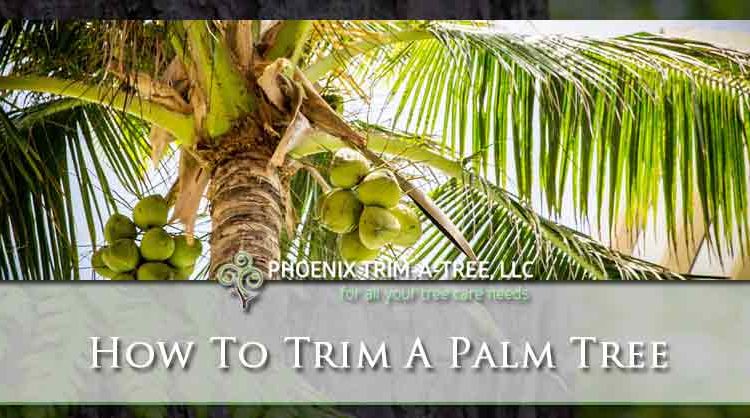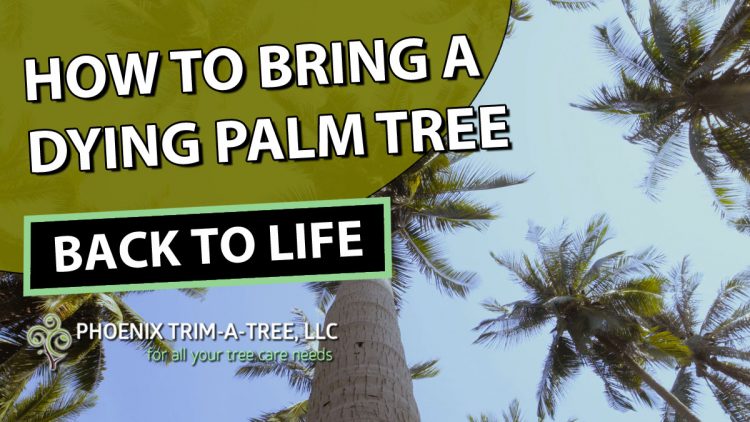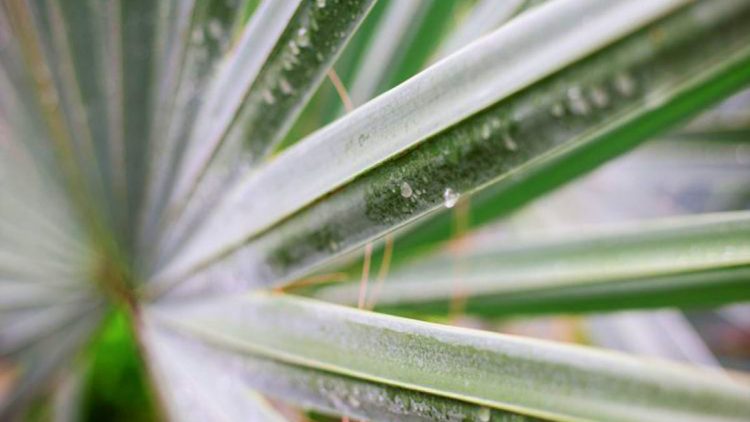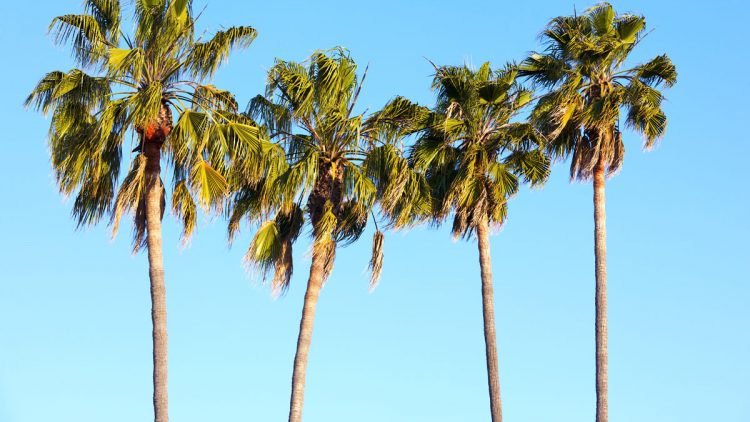Wrapping Palm Trees With Christmas Lights
WRAPPING PALM TREES WITH CHRISTMAS LIGHTS
GET A FREE ESTIMATE TODAY!
Phoenix is known for a lot of things and palm trees is one of them. If you’re interested in how to install Christmas lights for palm trees, keep reading. If you and your family would love to have that wonderful winter wonderland look in your landscape, wrapping your outdoor trees in lights is the way to go. With some planning and a few measurements it can be easy and fun to get the spirit of the holidays. Wrapping palm trees with Christmas lights is a way a lot of Phoenix valley residents get into the spirit. One of the most popular trees in the Phoenix area gets plenty of attention during the holidays. If you want to wrap your palm up in a bright and shiny coat of Christmas lights here’s how.
TOOLS & SUPPLIES YOU’LL NEED INCLUDE
TWO LADDERS, TWIST TIES, OUTDOOR EXTENSION CORD, LIGHT DUTY STAPLE GUN, MULTIPLE STRINGS LIGHTS AND A HELPER.
WRAPPING PALM TREES
Before you break out the ladder you will need to take a trip to the store to buy some lights. Make sure you have everything you need before you get started so you don’t have to pause and run to the store. Leaving ladders or tools out while you are gone creates safety hazards and taking everything back in is a hassle.
BUYING THE STRANDS OF LIGHTS
One of the first things to think of is having brown cords for the light strands. They help hide the wires and make the lights more noticeable. Using LED lights cuts down on power consumption and glow without heat. They are safe and energy efficient option. If you want to add some pop you can choose to have a different color of lights at the top and in the fronds of your palm. Read the packaging as you select lights and make sure they are rated for outdoor use. Depending on the width of the trunk and height of the tree you will need more strands. You will also want to buy more if you want a tight coil of lights and a brighter look.
WRAPPING THE PALM
Make coiled balls of the light strands to make them easy to handle. You will be able to let them unwind as you go around the tree. Wrap the lights starting at the base of your palm and wind your way up the tree. If the strands of lights are slipping use the light duty staple gun to secure them in place. Make sure you are straddling the wire and not shooting through it with your staple gun. This can be a fire hazard, so take care when using your staple gun. For higher areas break out the ladders and have a friend help you continue to wind the lights up the tree. You can hand the ball of lights back and forth.
LIGHTING FRONDS
Once you get all of the lights onto the trunk you need to decide if you are going to decorate the fronds, or leaves at the top. Decorating the fronds can be a little tricky but it can really set your landscape apart. If you decided to do this you can run a look of lights down a frond and secure it in place with your twist ties. Choose to light the fronds that are closest to you for safety. Once night falls the higher fronds won’t be visible.
SAFE POWER
As tempting as it might be to simply run an extension cord from the house, make sure you use an extension cord rated for outdoor use. They are rated for use in bad weather, rain and snow. This will prevent dangerous conditions and having to run another cord or ruin light strands.
SAFETY FIRST
The safety of you and your tree are paramount. No one enjoys the holidays when they have fallen from a ladder, got shocked from a wire, or if the tree gets sick from too many punctures. Follow these tips to help make the most of the holiday season.
- Don’t over staple the strands of lights. Sometimes you won’t need any staples, but if the strands are slipping try to use as few staples as possible. Trees are living things and can be hurt by going too crazy with the staple gun.
- Use outdoor light strands and outdoor extension cords. Electricity is a useful but dangerous power source and needs to be respected. Use the right strands and cords and make sure when you do have to staple a strand down to your palm that you are not piercing the insulation on the wires.
- Never try to hand light strands that are plugged in. Not only does it make some types of lights hot to handle but it can lead to a serious shock. This is especially true during stapling of strands.
RESIDENTIAL TREE TRIMMING
If you find some damage or possible signs that your tree might be sick or dying while hanging your lights, give the experts a call. Phoenix Trim-A-Tree is your go to source for diagnosing what is wrong with trees, coming up with plans to save them, or helping remove trees that are beyond saving. You can trust the ISA Certified Arborists we send to look at your trees and help you with your landscape. When you’re wrapping palm trees or other trees in your landscape in lights it sets them as centerpieces in your landscape. Make sure they are up to the job with tree trimming services from Phoenix Trim-A-Tree.









